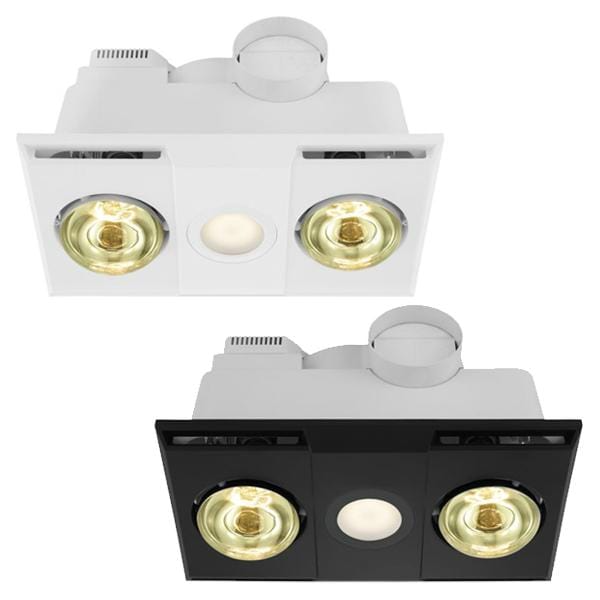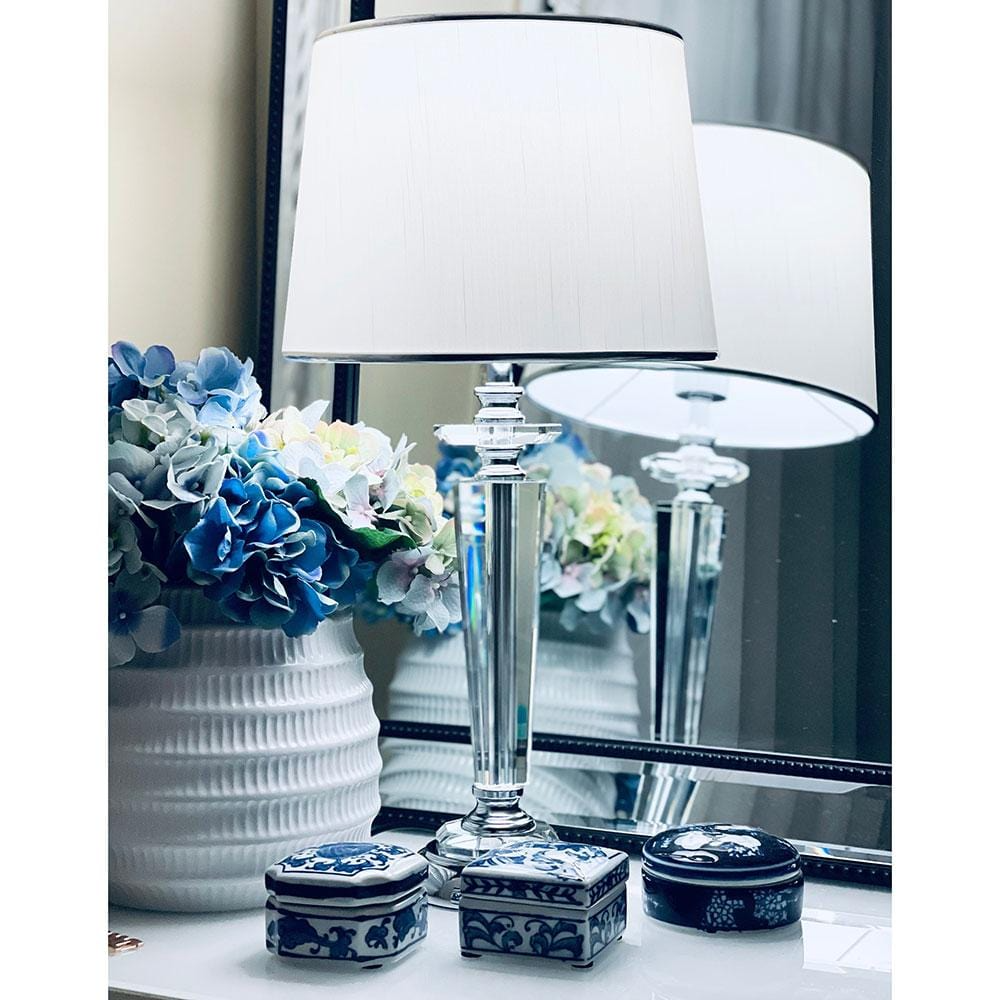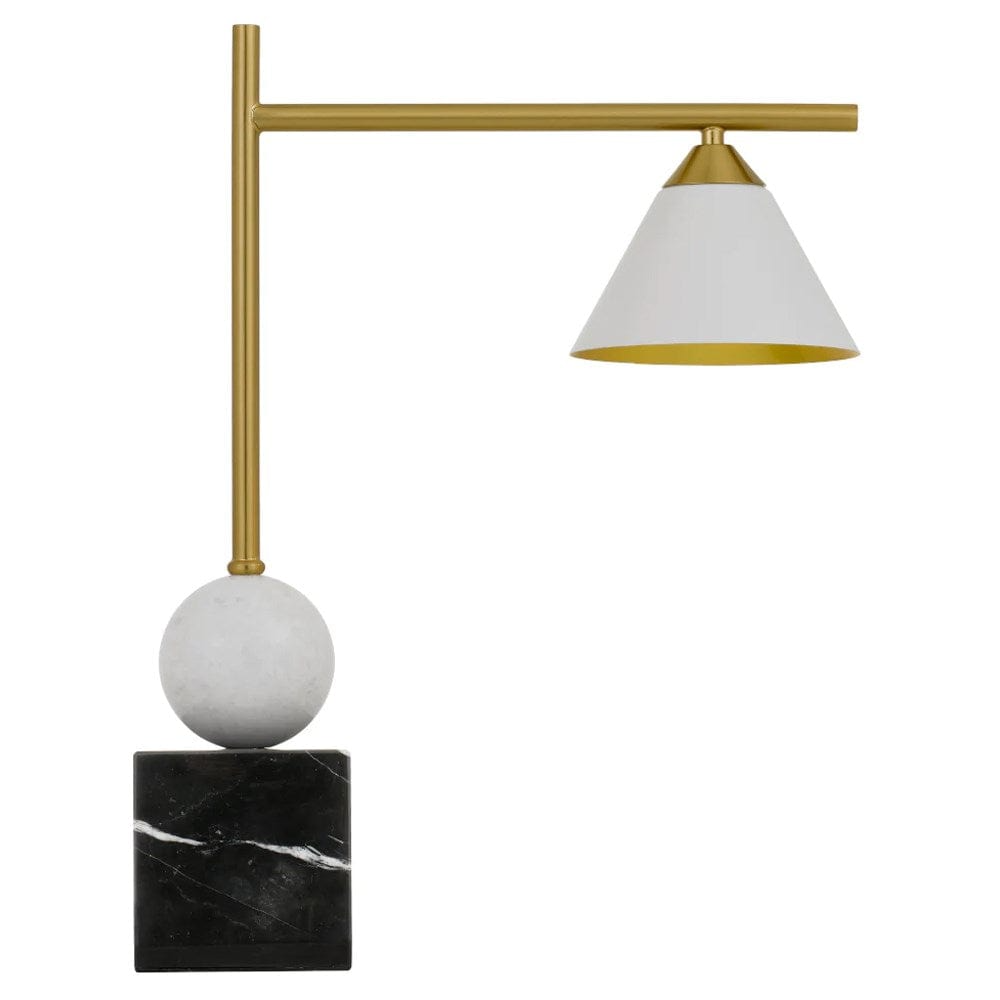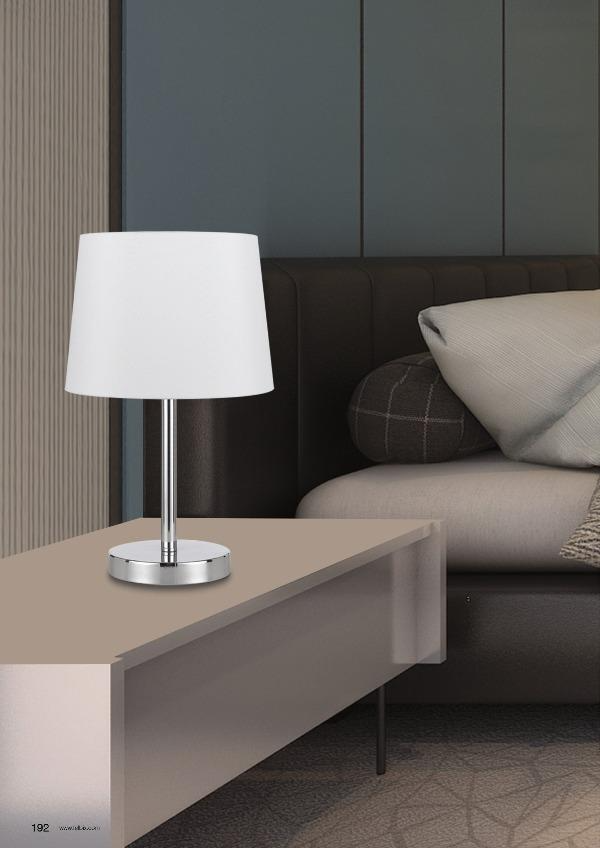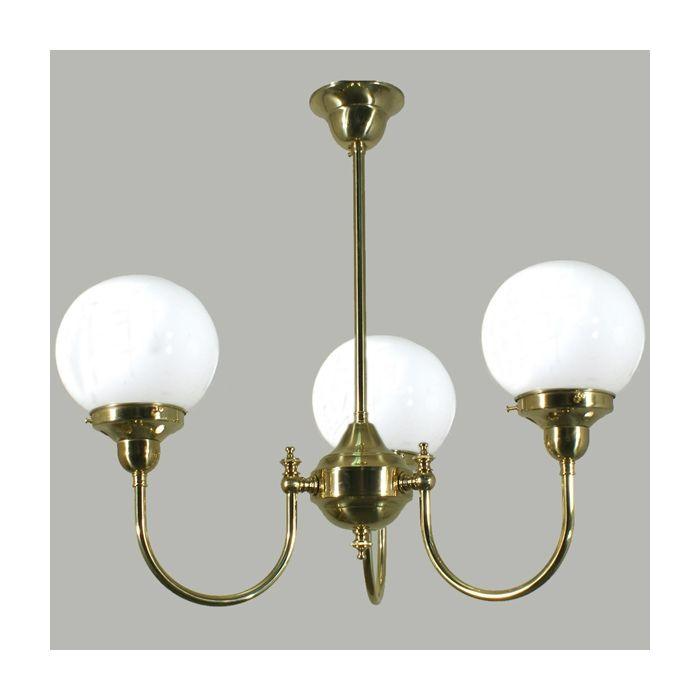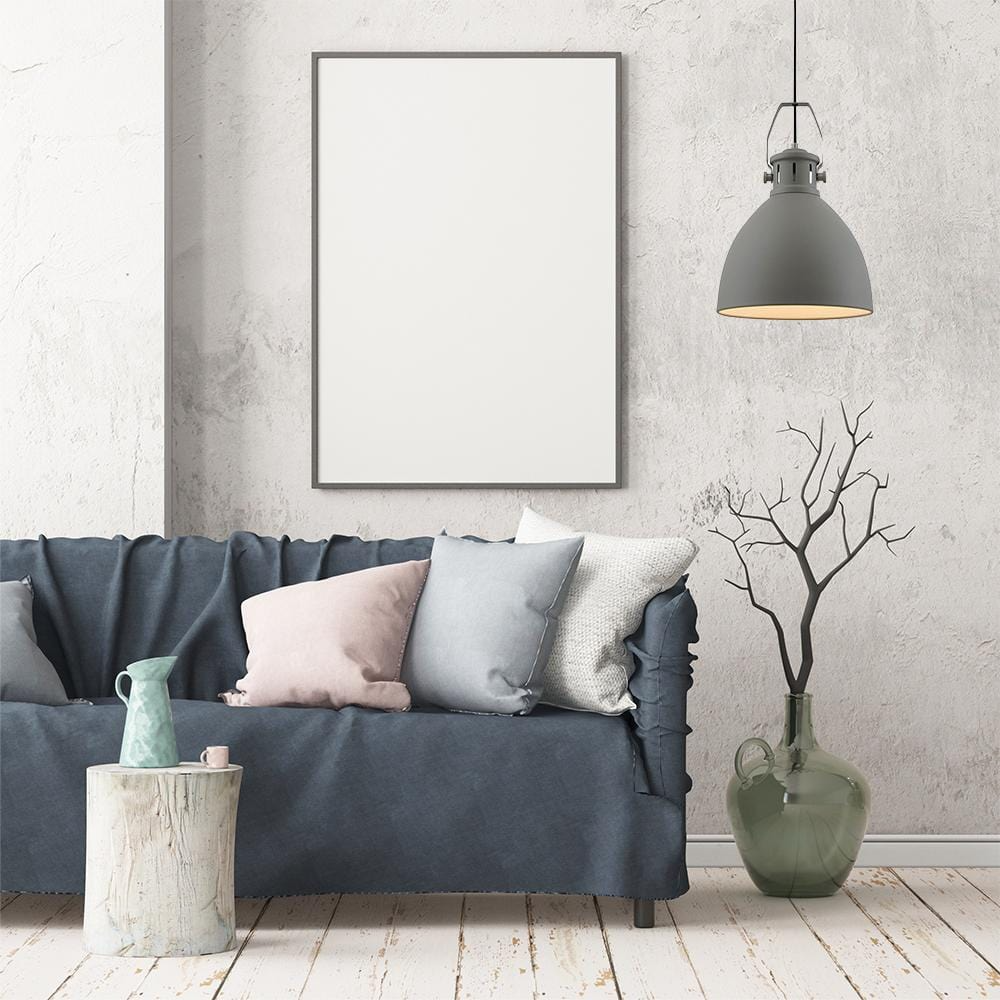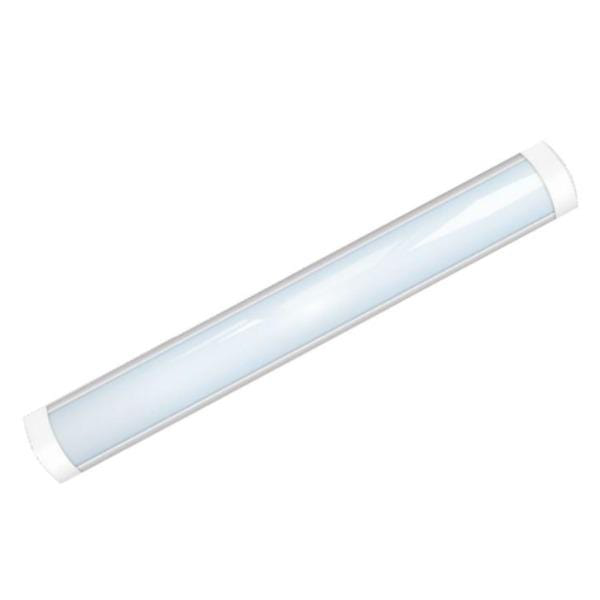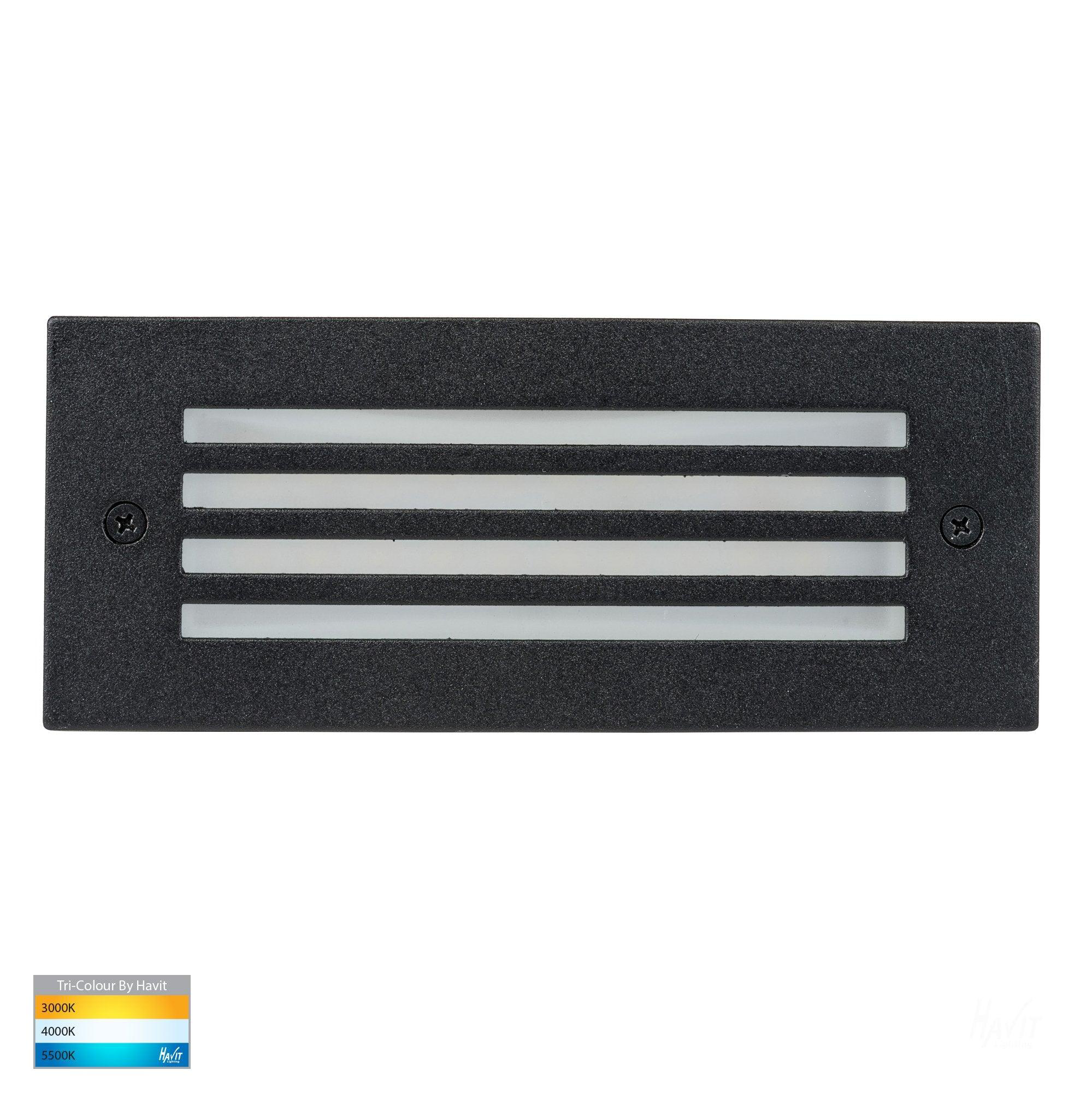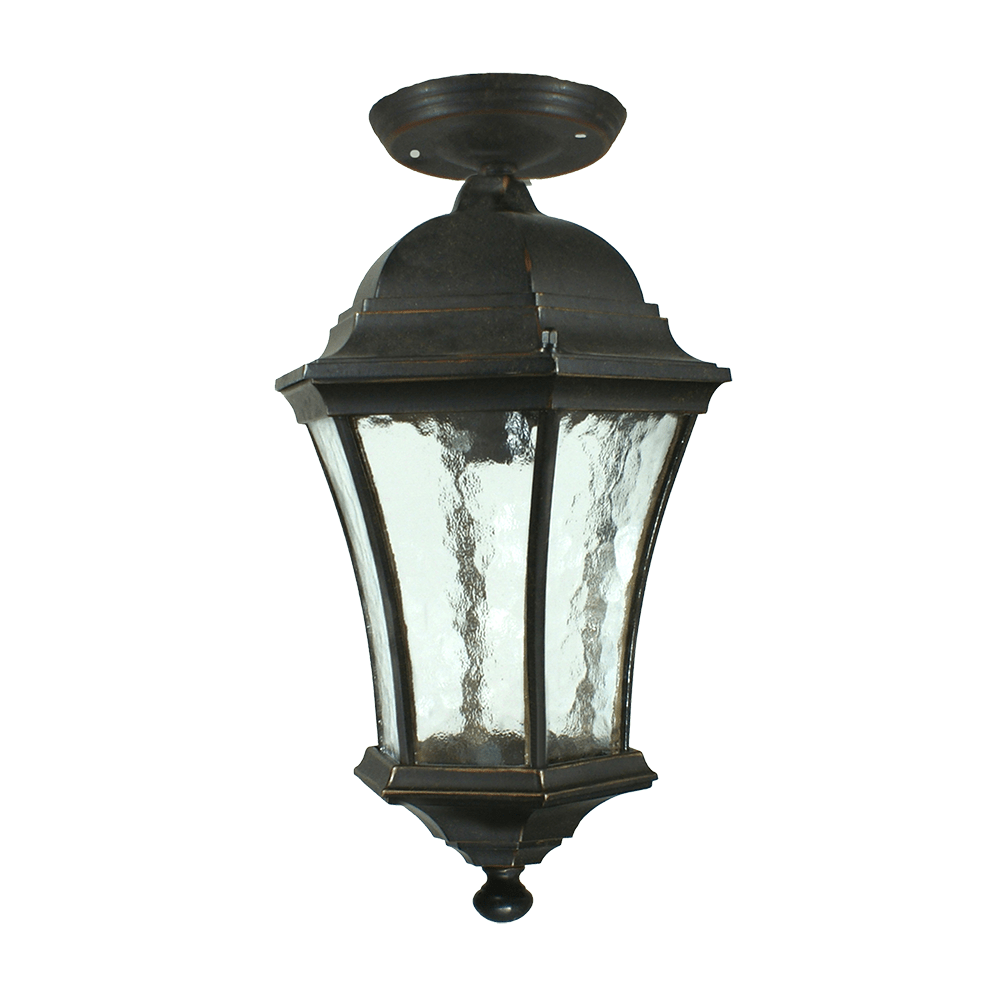Colour Temperature Explained – What is the right colour?
18 Mar 2024
Colour Temperature Explained – What is the right colour?
Colour temperature is simply what appearance the lighting product you are choosing will emit. It will generally range from a warmth in colour to a coolness in colour. Although the choice is made most of the time by personal preference, there are some important factors to consider to ensure the right look and feel of a room is achieved. The colour temperature of a lighting product denotes how ‘warm’ or ‘cool’ the light that it emits is, and will be displayed in Kelvins. Most listings will detail a 4 digit number followed by a “K”. A warm white appearance will give off a softer, yellower light, and may range between 2700K – 3600K. A cool white appearance would have a bluer, more intense tone, and may range between 5000K – 6500K. There is a choice of a mix of warm and cool white, which is typically referred to as Neutral White. This ranges between 4000K and 4800K.
How to determine the appearance in colour temperature?
To make life easier, try not to get stuck with the technical data, and look for a few key bits of information to know the colour temperature the lighting product will emit. Basically, the lower the Kelvin (K) rating, the warmer the light, the higher the rating, the cooler it will appear. Look for the following names of Colour Temperatures that will highlight the appearance quickly:
Warm White – 2700K-3600K
Neutral White – 4000K-4800K
Cool White or White – 5000K-5700K
Daylight - 6000K-6500K
These names of colour temperature are not uniform across the Lighting Industry and may often differ from supplier to supplier. The key is looking for the Kelvin rating to help pinpoint a more accurate appearance.
Are there any basic rules to follow to choose the right colour temperature for the application?
Without complicating the design side of lighting, there are a few things to factor that can help sway from one colour temperature to another.
Warm White - Used commonly to enhance warm colour schemes within the room. For example, a great choice with cream colour walls, timber floor boards, and so on.
Neutral White - Used commonly in commercial offices, as this colour temperature has been proven to work well in working environments. However, most commonly used residentially as a great choice when a Warm White or a Cool White colour just can’t be decided on.
Cool White - Used commonly to enhance cool colour schemes within the room. For example, a great choice with blue colour walls, grey tiles, and so on.
Can I combine Colour Temperatures?
Strictly speaking, it’s a bad look to see different colour temperature appearances from the same line of sight. It is strongly suggested to avoid this where possible. To be honest, most Interior designers and Lighting designers will generally avoid mixing colour temperatures, with the exception of inside and outside. It is not wrong to use Warm White inside and Cool White outside, as colour schemes will influence this.
Colour Switchable and Colour Selectable Options
If it all gets too hard, and you are not sure what appearance you desire, make the choice hassle free, and look for Colour Switchable lighting products. This will allow you to choose the appearance of your choice, and will avoid the pressure of getting it wrong, and also is convenient when colour schemes change.
Colour temperature is simply what appearance the lighting product you are choosing will emit. It will generally range from a warmth in colour to a coolness in colour. Although the choice is made most of the time by personal preference, there are some important factors to consider to ensure the right look and feel of a room is achieved. The colour temperature of a lighting product denotes how ‘warm’ or ‘cool’ the light that it emits is, and will be displayed in Kelvins. Most listings will detail a 4 digit number followed by a “K”. A warm white appearance will give off a softer, yellower light, and may range between 2700K – 3600K. A cool white appearance would have a bluer, more intense tone, and may range between 5000K – 6500K. There is a choice of a mix of warm and cool white, which is typically referred to as Neutral White. This ranges between 4000K and 4800K.
How to determine the appearance in colour temperature?
To make life easier, try not to get stuck with the technical data, and look for a few key bits of information to know the colour temperature the lighting product will emit. Basically, the lower the Kelvin (K) rating, the warmer the light, the higher the rating, the cooler it will appear. Look for the following names of Colour Temperatures that will highlight the appearance quickly:
Warm White – 2700K-3600K
Neutral White – 4000K-4800K
Cool White or White – 5000K-5700K
Daylight - 6000K-6500K
These names of colour temperature are not uniform across the Lighting Industry and may often differ from supplier to supplier. The key is looking for the Kelvin rating to help pinpoint a more accurate appearance.
Are there any basic rules to follow to choose the right colour temperature for the application?
Without complicating the design side of lighting, there are a few things to factor that can help sway from one colour temperature to another.
Warm White - Used commonly to enhance warm colour schemes within the room. For example, a great choice with cream colour walls, timber floor boards, and so on.
Neutral White - Used commonly in commercial offices, as this colour temperature has been proven to work well in working environments. However, most commonly used residentially as a great choice when a Warm White or a Cool White colour just can’t be decided on.
Cool White - Used commonly to enhance cool colour schemes within the room. For example, a great choice with blue colour walls, grey tiles, and so on.
Can I combine Colour Temperatures?
Strictly speaking, it’s a bad look to see different colour temperature appearances from the same line of sight. It is strongly suggested to avoid this where possible. To be honest, most Interior designers and Lighting designers will generally avoid mixing colour temperatures, with the exception of inside and outside. It is not wrong to use Warm White inside and Cool White outside, as colour schemes will influence this.
Colour Switchable and Colour Selectable Options
If it all gets too hard, and you are not sure what appearance you desire, make the choice hassle free, and look for Colour Switchable lighting products. This will allow you to choose the appearance of your choice, and will avoid the pressure of getting it wrong, and also is convenient when colour schemes change.
Tags:

















